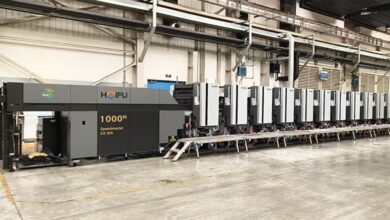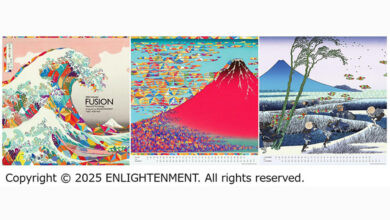HEIDELBERG Exhibits Autonomous Pressroom at drupa 2024
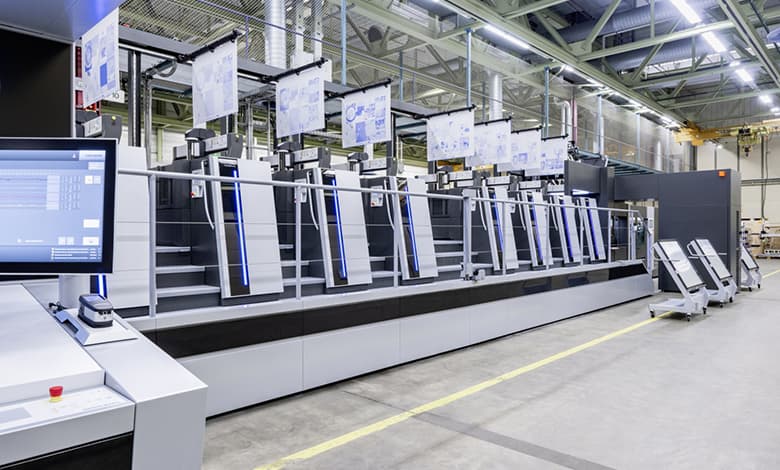
Heidelberger Druckmaschinen AG (HEIDELBERG) is using its new Peak Performance generation of the Speedmaster XL 106 to address the major challenges facing print shops – huge cost pressures, the manifest shortage of labour and skilled workers, and the growing sustainability requirements in printing.
At drupa 2024, HEIDELBERG is showcasing sheetfed offset printing on a whole new industrial scale under the motto ‘Unfold your Potential’. Based on the new Peak Performance generation of the Speedmaster XL 106, the German tech giant is exhibiting a highly automated and autonomous end-to-end production workflow for commercial, packaging, and label printing. In commercial printing, 98% of manual interventions across the entire value chain – from job data through to the finished brochure – can be eliminated, compared to production that doesn’t utilize Push to Stop.
In packaging printing, numerous innovations on the Speedmaster XL 106 are resulting in up to 20% higher overall productivity, while also reducing manpower requirements, paper waste, and energy consumption. This ultimately means lower costs per printed sheet, which is the decisive competitive factor for print shops.
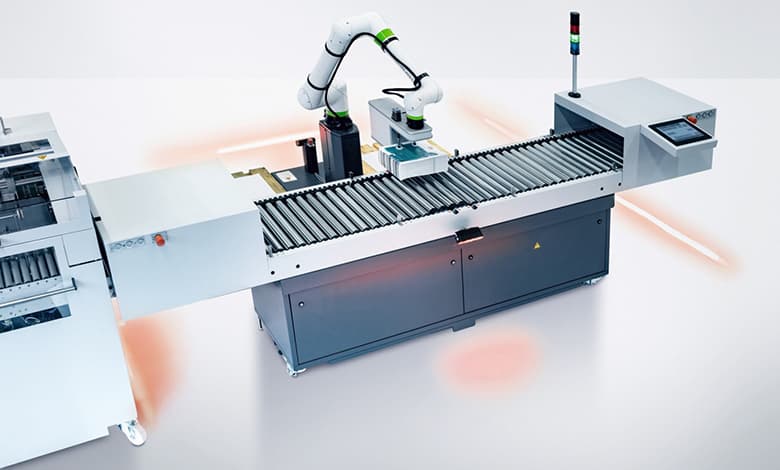
Along with its partners POLAR and MK Masterwork, HEIDELBERG is addressing the most pressing issues faced by industrial print shops worldwide – cost pressures, skills shortage, sustainability, and digitalization. “At drupa 2024, HEIDELBERG is emphasizing the competitiveness and future viability of sheetfed offset printing,” says Dr. David Schmedding, Global Head of Sales & Marketing at Heidelberger Druckmaschinen AG. “At the same time, our customers have a strong and reliable partner at their side, supporting them with a complete ecosystem based on their business model,” he adds.
Autonomous printing in packaging production with Push to Stop
Thanks to the new Peak Performance generation of the Speedmaster XL 106, autonomous printing is now making its mark in packaging production. HEIDELBERG is achieving this with its new highly automated Push to Stop coating unit, which changes the coating plate, screen roller, and coating fully automatically. This unit reduces the overall makeready process by up to 30%.
Having been prepared while production is ongoing, makeready in the coating unit takes place on a fully autonomous basis. A further highlight, when it comes to the production of sophisticated print motifs, is the new AI-based Hycolor assistant in conjunction with another new product, the Hycolor XL inking unit and dampening system. Operating entirely autonomously, the assistant optimizes the presetting of the inking unit and dampening system before the first sheet enters the press, thus cutting the amount of setup waste by up to 25% and reducing the time it takes to achieve the first OK sheet. “Thanks to a combination of mechanical and AI-supported software innovations for the new Peak Performance generation of the Speedmaster XL 106, our packaging customers are benefiting from up to 20% higher net productivity. That’s a huge step toward boosting their competitiveness,” insists Christian Steinmaßl, Executive Vice President Packaging Division at Heidelberger Druckmaschinen AG.
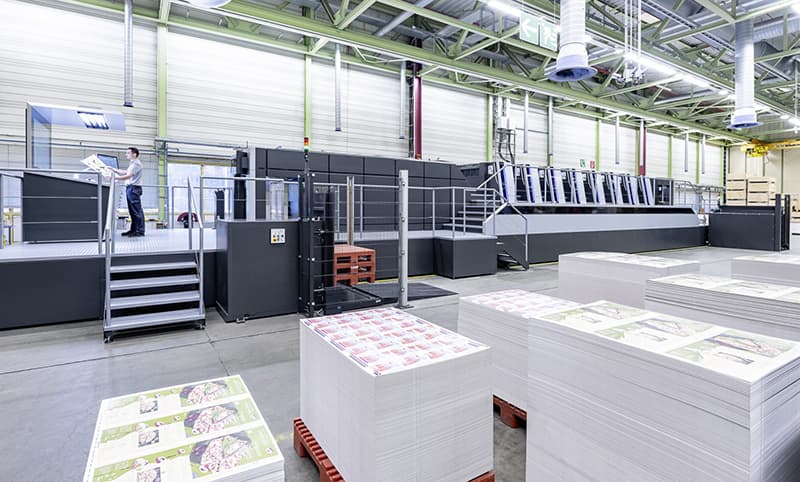
Competitiveness: 21,000 sheets per hour with sheet reversal now also achievable
The cost pressures in commercial and publishing printing are huge, and qualified staffs are hard to find and hold onto. The Push to Stop philosophy on which the new Peak Performance generation of the Speedmaster XL 106 is based means production can, for the most part, take place without any operator intervention – now also at up to 21,000 sheets per hour in perfecting mode. The new fully integrated Prinect Inspection Control 4 has an efficient approach to quality assurance, checking both sides of the print sheet on perfecting presses for the first time ever. Simply by using this solution, customers can make total savings of some 1,20,000 euros when it comes to paper waste, costs associated with complaints, and personnel expenses. Thanks to a combination of inline defective sheet ejection and delivery logistics, the system ensures that waste-free stacks are delivered to the postpress section without any operator interventions.
Productivity: postpress innovations result in 1:1 performance ratio
What’s more, the new highly automated Peak Performance generation of Stahlfolder TH 82-P folding machines restores a 1:1 performance ratio between pressroom and postpress operations. In other words, a new Stahlfolder TH 82-P can handle the entire output of a new-generation Speedmaster XL 106 at the postpress stage. The new Stahlfolder TH 82-P generation offers HEIDELBERG customers a further improvement of around 15% in net output without increasing the speed of the machine. In addition to all this, the new collaborative StackStar C robot system relieves the strain on staff. This highly flexible robot automatically deposits product stacks in the postpress section.
StackStar C is mobile and can be moved easily between different machines. It operates on a collaborative basis and, thanks to an innovative safety concept, ensures staff and the robot system can work together safely. This means no safety fencing is required. What’s more, quality control processes can be carried out during production without stopping the robot. Using two StackStar C units working in tandem makes it possible to double production capacity, and the different stacking patterns and pallet sizes can be selected intuitively at the control terminal.
“The enhanced automation and process efficiency we’re offering our commercial printing customers mean they can boost their productivity while also using fewer resources. In this way, we’re helping them further improve their competitiveness in the future too,” says Dr. Frank Schaum, Executive Vice President, Business Segment Print at Heidelberger Druckmaschinen AG.
Fully automatic reel splicer on CutStar brings another productivity boost
The new fully automatic reel splicer on the CutStar sheeter achieves another productivity boost of over 12%, and results in a further substantial reduction in downtime and paper waste. This system also makes the Speedmaster XL 106 attractive to web offset businesses, which are increasingly facing shorter print runs.
Red Dot Design Award for new-generation Speedmaster XL 106
The Red Dot Design Award recognizes exceptional design quality. The international panel of judges only presents this coveted accolade to products that excel in this area. The design of the new Peak Performance generation of the Speedmaster XL 106 resulted in HEIDELBERG being named one of the 2024 winners. “At HEIDELBERG, machine design is never an end in itself. As an integral part of HEIDELBERG UX, our user experience, it is always functional and is aimed at making life easier for operators, boosting efficiency, and preventing errors. Winning a Red Dot Award this year is an endorsement of this approach,” says Schmedding.



